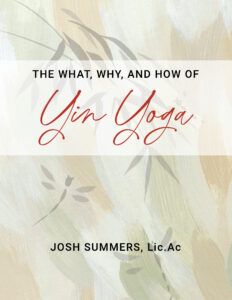For many, freedom implies the ability to fulfill a spectrum of desires. If you’re free and hungry, you eat whatever suits your fancy. If you’re free and bored, you watch something on the television or listen to some music.
But the great wisdom traditions insist that true freedom is based on a foundation of restraint, specifically restraining the tendency of chasing desires connected to any of the six sense doors (eyes, nose, tongue, etc…)
Rather than fruitlessly chase sensory pleasures as the sole means to happiness, these traditions encourage us to unhook ourselves from desire’s barbed shaft and taste for ourselves the peace that comes from being free from attachment todesires.
The Buddha recommended mindfulness of the body as an accessible way to tame our sense desires.
The monk, Analayo observes in his book Satipathanna, The Direct Path to Realization, “[One simile] compares mindfulness of the body to a strong post to which six different wild animals are bound. Since the animals are firmly bound to the post, however much they might struggle to escape, they have sooner or later to sit or lie down next to the post. Similarly, mindfulness of the body can become a strong post for tethering the six senses.”
Surely this is one of the many reasons yoga practice feels so good. Not only do tensions and stresses get discharged on the physical level, but our minds literally become tethered to the groundedness of the body, attenuating the proliferation of desire.
A simple and effective nudge to recollect body awareness is to take an index card and write “Body?” on it. Then strategically place the card wherever you will see it on a frequent basis.
May you enjoy the freedom that comes from restraining the senses!
Originally published on February 24, 2011

